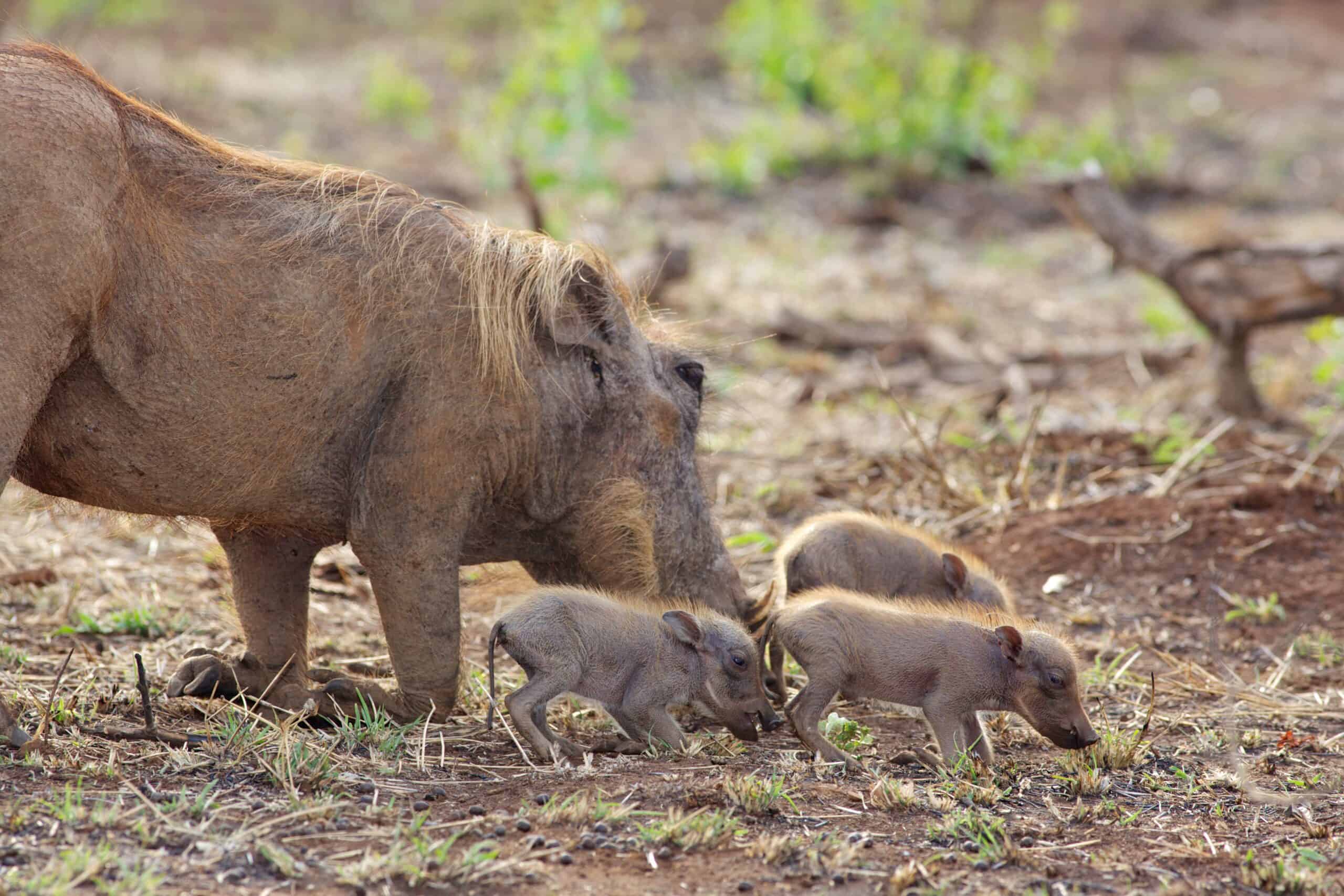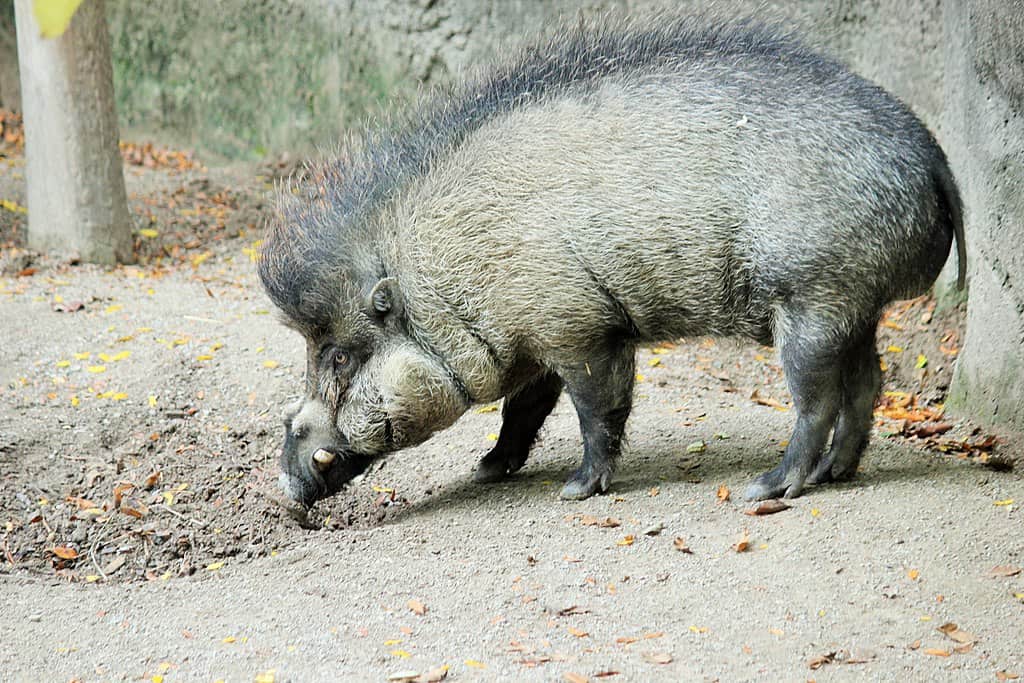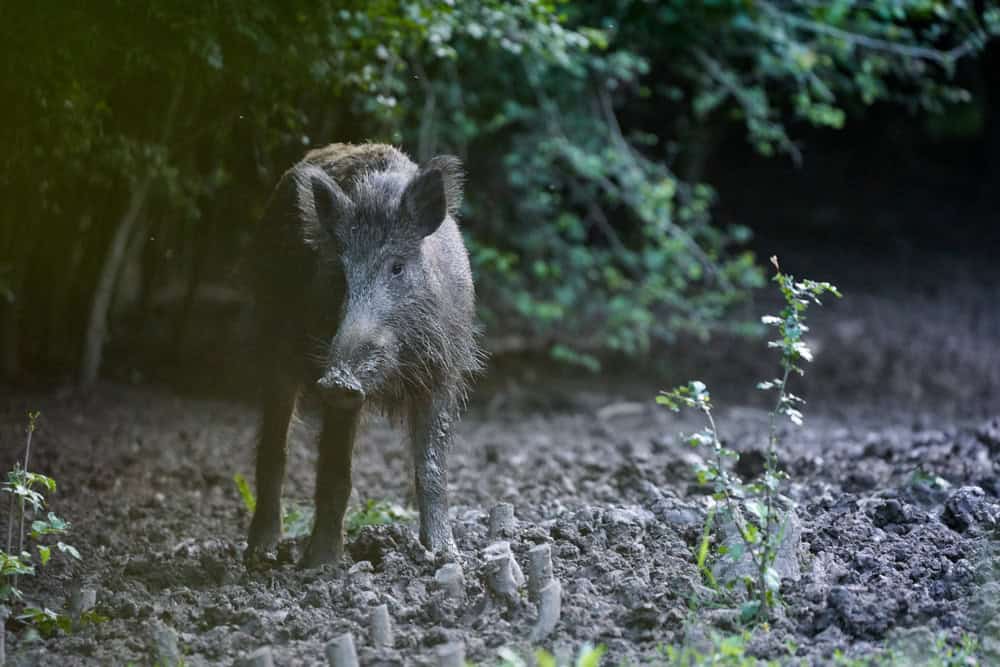Ohio’s House of Representatives has unanimously passed House Bill 503, a critical piece of legislation aimed at controlling the population and movement of feral swine within the state. The bill, strongly supported by the Ohio Pork Council (OPC) and other agricultural groups, targets the importation, hunting, and feeding practices of these wild pigs to protect the state’s livestock industry.
The Growing Threat of Feral Swine

Feral swine are becoming a significant problem across Ohio, causing extensive damage to agriculture and posing a threat to livestock.
What House Bill 503 Entails

House Bill 503 addresses key issues related to the management of feral swine, including prohibiting their importation and hunting, and outlawing the feeding of pigs with garbage.
The Role of the Ohio Pork Council

The Ohio Pork Council has been a major advocate for this legislation, aiming to protect domestic hog production from potential diseases carried by feral swine.
Prohibitions and Penalties Under the New Bill

The bill makes it illegal to own feral swine or wild boars and introduces strict penalties for releasing them into the wild or bringing them into the state.
Support from Agricultural Groups

Numerous agricultural groups in Ohio, including the Cattleman’s Association and the Soybean Association, support this legislation due to the threat feral swine pose to crops and livestock.
Concerns Over Disease Transmission

Feral swine are known to carry multiple diseases and parasites, which can infect both livestock and wildlife, raising significant health concerns.
Impact on Ohio’s Agriculture

The presence of feral swine has led to substantial damage to Ohio’s land, crops, and infrastructure, making this legislation vital for the state’s agricultural health.
Mike King on the Legislation

Mike King, senior director of communication and public relations for the OPC, emphasizes that this legislation aims to curb the importation of feral swine for canned hunts and protect domestic hog production.
Notification Requirements for Landowners

Under the bill, farmers or landowners who shoot a feral pig must notify USDA Wildlife Services within 24 hours to help track and manage the population.
House Vote and Senate Prospects

The bill passed the House with a unanimous 89-0 vote and now moves to the Senate, where bipartisan support is expected to help it become law.
Cheryl Day’s Optimism for the Senate

Cheryl Day, executive vice president of OPC, expresses optimism that the Senate will pass the bill, providing essential protections against foreign animal diseases.
Economic Impact of Feral Swine

Feral hogs are responsible for approximately $2.5 billion in agricultural damages each year across the United States, making their control a high priority.
Statements from Veterinary and Agricultural Leaders

Leaders from the Ohio Veterinary Medical Association and other agricultural groups have testified about the dangers posed by feral swine, supporting the need for stringent controls.
The Broader Impact of HB 503

Beyond disease control, the bill aims to reduce the overall ecological and economic impact of feral swine on Ohio’s environment and agriculture.
Next Steps for the Legislation

The next step for HB 503 is Senate approval, which will finalize the state’s strategy to manage feral swine populations effectively.
Join our Forum for free today!

- Massive Anaconda and Caiman Come Face to Face In Gripping Standoff - June 26, 2024
- Stranded Lion Gets Attacked by Hippos - June 26, 2024
- One-in-100 000 Rare Ginger Albino Seal Pup May Be Rejected by his Colony - June 26, 2024
